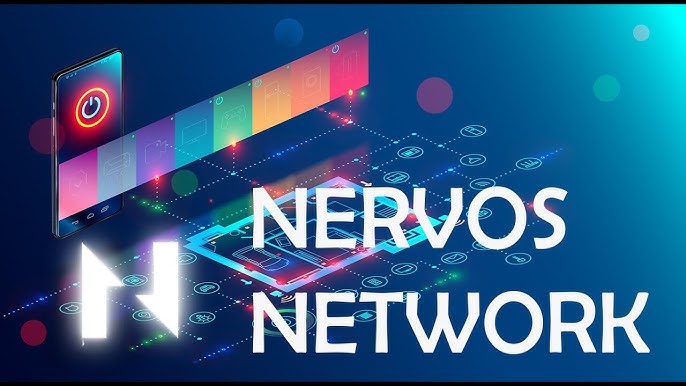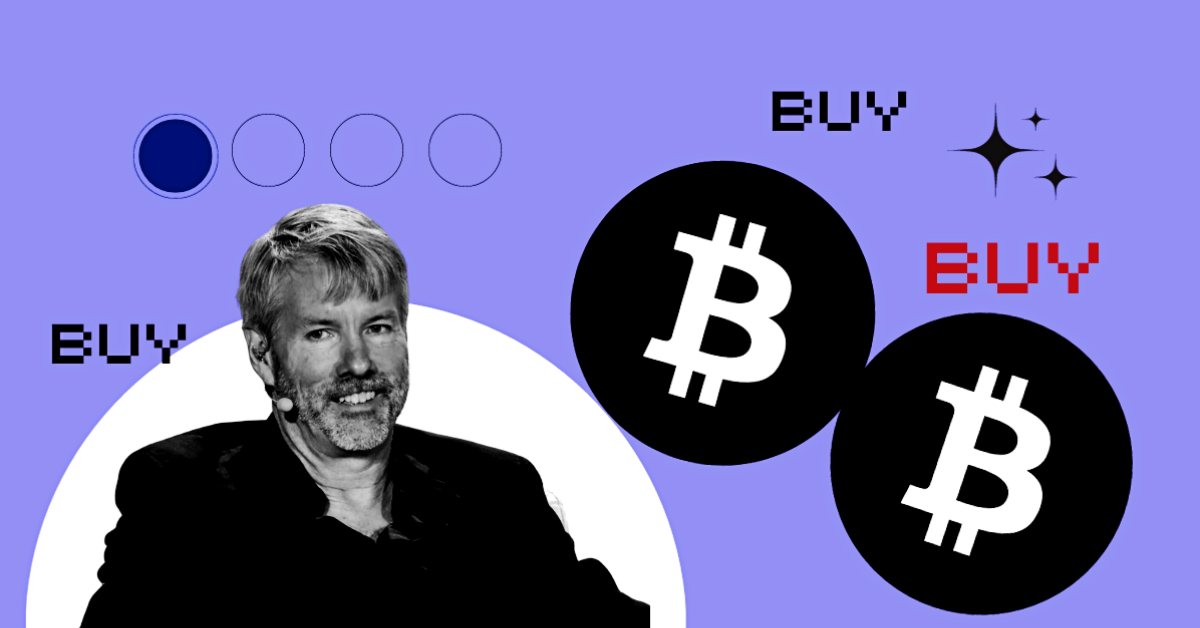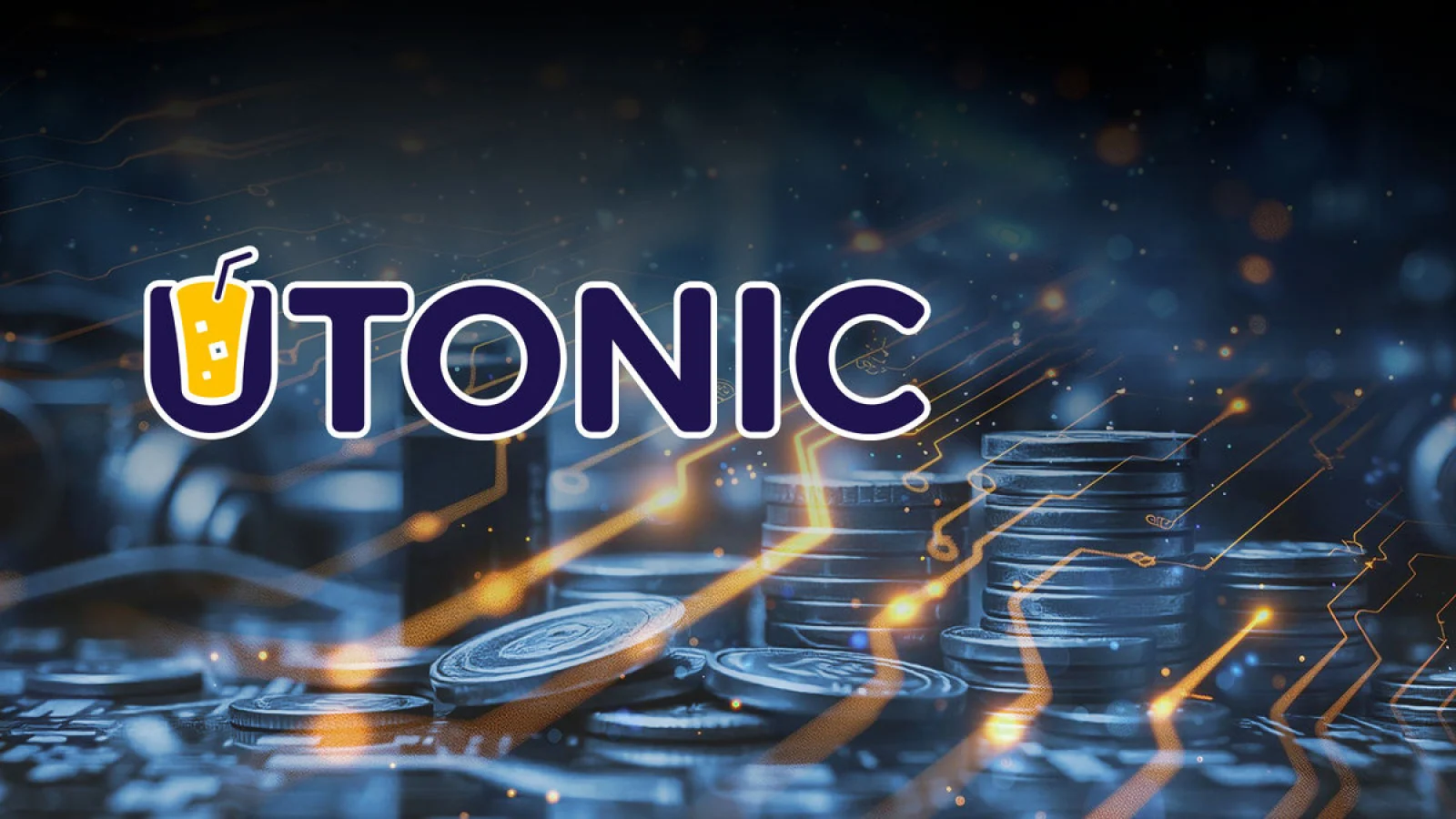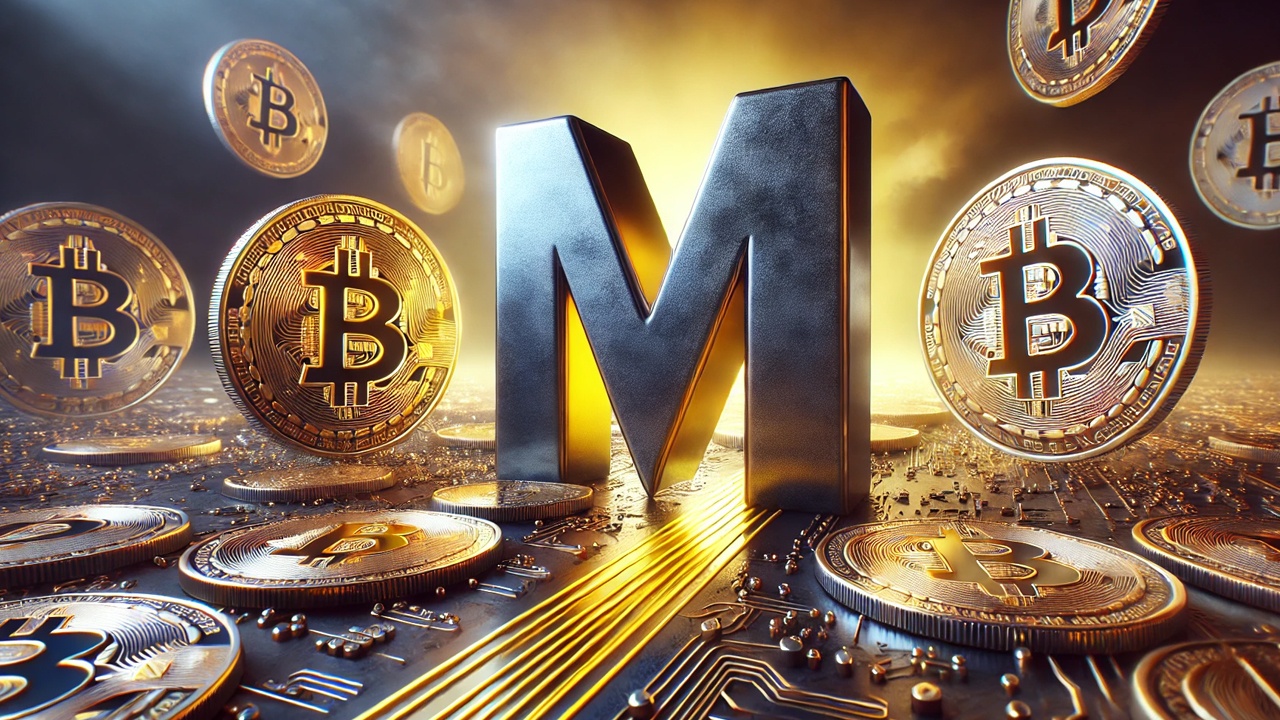Nervos Network (CKB), a layer-2 network, went up because buyers thought South Korean traders would buy more after Upbit listed it
When it hit a high point of $0.018, the Nervos Network token was one of the best-performing cryptocurrencies on Friday, September 13. It had been at that level since June 7.
Now, these traders can use USDT, South Korean won, or USD dollars to buy the coin.

CoinMarketCap data shows that South Korean buyers were some of the busiest, which drove the price. Over $170 million worth of trades were made on Upbit in 24 hours for the CKB/KRW pair. Binance came in second with over $122 million worth of trades.
When a cryptocurrency is added to a big exchange like Binance, Coinbase, or OKX, its price increases quickly.
However, these gains don’t last long and often lead to a big drop once the initial excitement wears off. WhiteBit listed Alpaca Finance in August, which increased by over 150%. However, it has since dropped by over 44% from its high point.
Nervos Network is a proof-of-work layer-2 project that wants to improve Bitcoin by adding the ability to be programmed and grow. The RGB++ standard is used to make this happen.
Nervos wants to do for Bitcoin what Arbitrum, Polygon, and Base did for the Ethereum (ETH) network. Stacks also wants to do the same thing. Its website lists JoyID, an open-source wallet that doesn’t need a password, Huehub, the first-order book exchange, and Omiga as community dApps.
Nervos Network made a disk that fell.
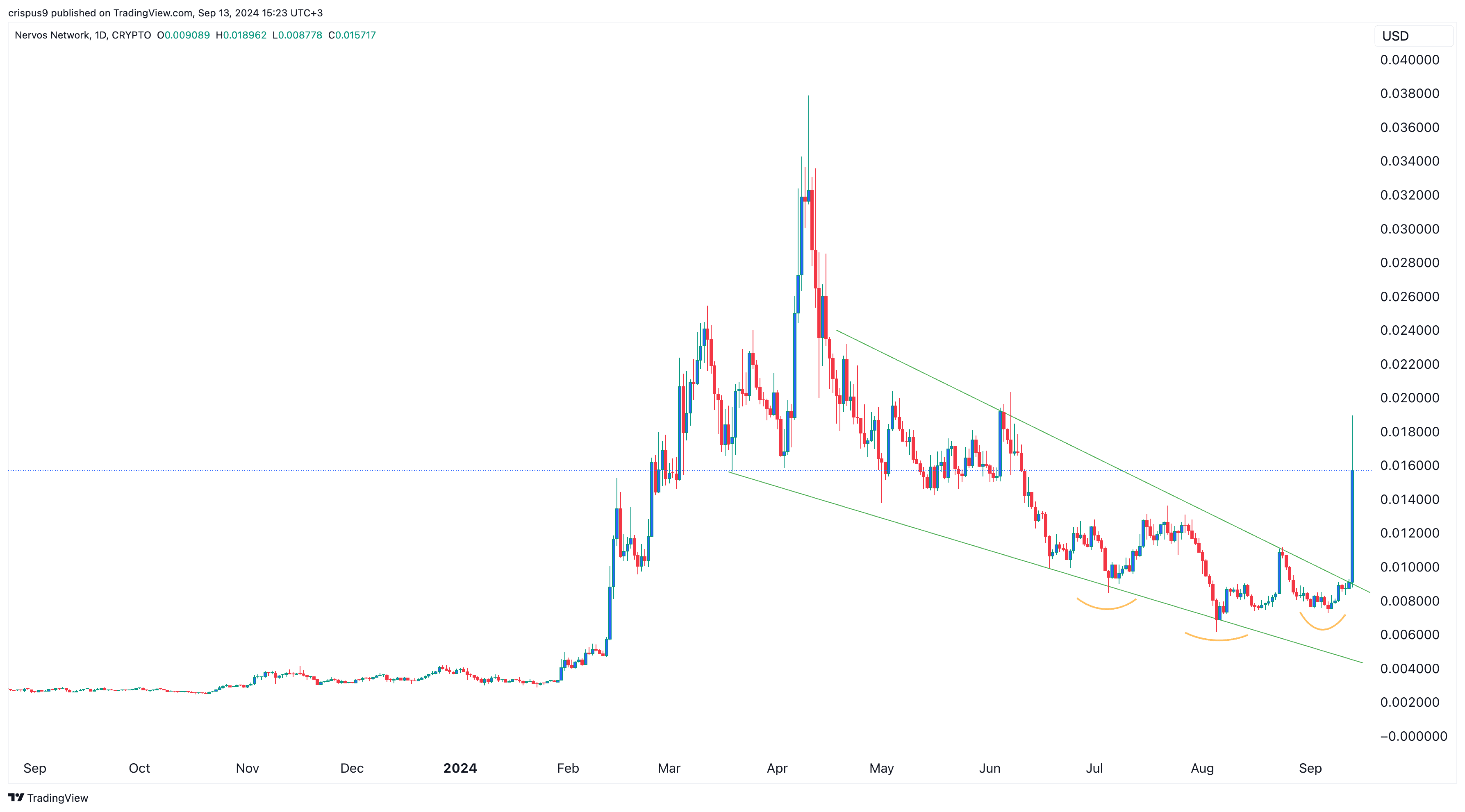
The CKB token rose to a high of $0.018 on the daily chart, making a “God candle.” The token went up again after making a falling wedge chart pattern, often a sign that prices will go up. It also made a chart design called an “inverse head and shoulders.”
Most of the time, these quick spikes in the price going up, called “God candles,” don’t last long. When Roaring Kitty returned on X last week, KITTY and GME tokens went through the roof. This week, they fell more than 20%.
As a result, the Nervos Network is likely to pull back and try the psychological level again at $0.01, which is almost 40% less than the current level.
